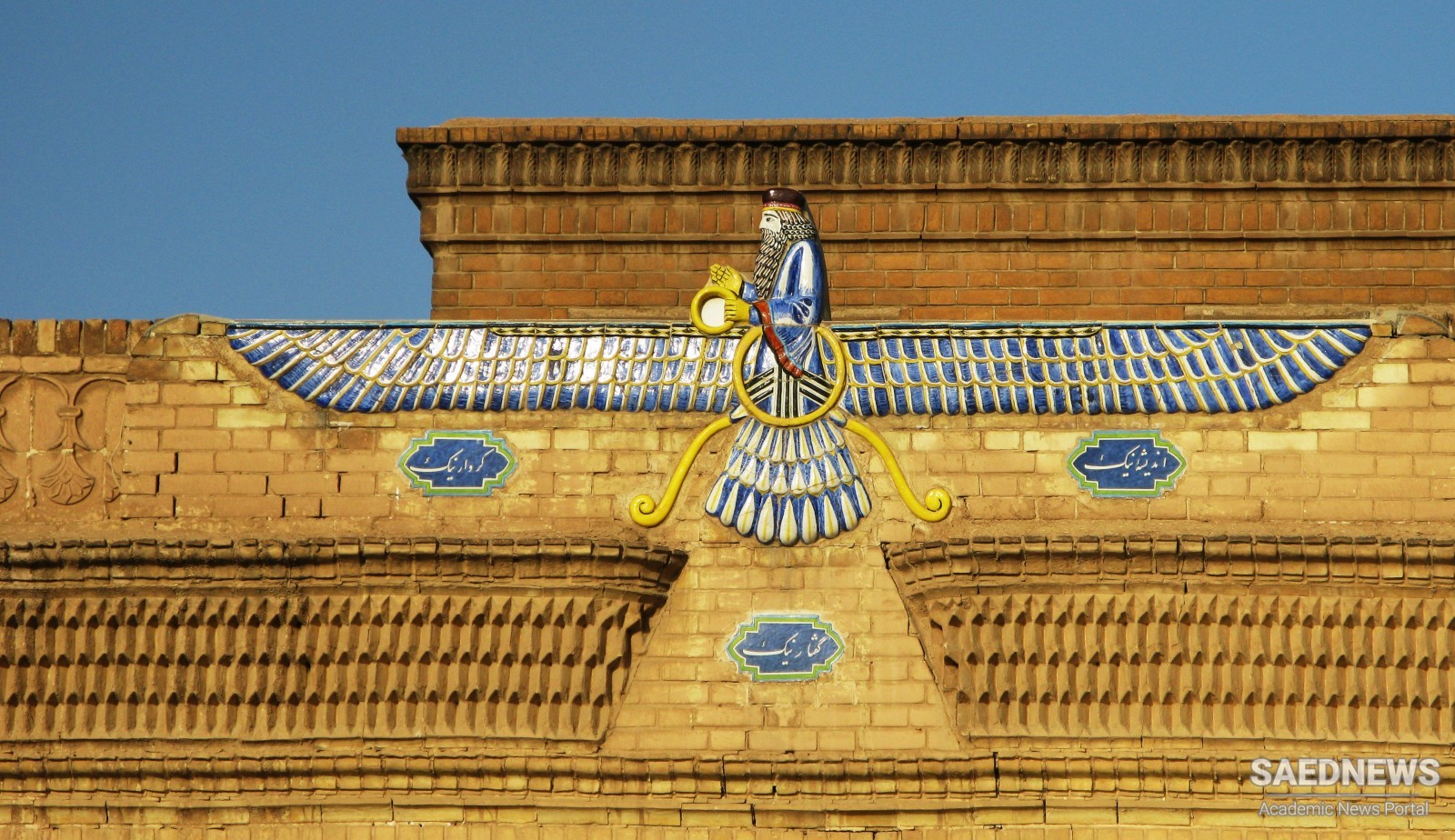The majority of the rivayats consist of religious treatises, and also contain answers to questions asked by the Parsis. Some of the accounts in these volumes are legendary, whilst others recount episodes of Iranian history but do not stem from any authoritative sources. Finally, information sporadically appears in these documents which reflect the activities and the condition of the Zoroastrians in Iran, and today is of historical value. One example is a letter co-authored in 1635 by Dastur Bahram and Dastur Ardashir, addressed to Dastur Kamdin Padam and Behdin Asa Jamshid. It refers to the persecution launched by Shah Abbas I in 1628 in which he killed two prominent figures of the Zoroastrian community and confiscated several books.
The style of the rivayats and the poetry included in these volumes demonstrate that the Zoroastrians, like the Iranian Jews, had a good knowledge of the literature produced by the Iranian Muslim authors and probably studied them in their seminaries. A perfect example is a verse recited in the Rivayat-i Dastur Darab Hormazdyar. This was composed by the famous 11th century poet Nizami and was quoted to encourage Zoroastrians to maintain the cohesion of their community: Dove with dove and falcon with falcon, Birds of a feather flock together.
The rivayats also reflect the predilection of the Zoroastrians for Firdawsi’s masterpiece. It seems that the Zoroastrians of the period considered Firdawsi to have been Zoroastrian. Many of the verses in these volumes are inspired from the Shah-nama: Thus until the time of Siyavush, That deav was still hanging, waiting for a deliberation. As he is freed from the chains, The Dragon will soon be killed by Som. This is how Fereidun, using his wisdom, Has managed to chain him to Mount Damavand. From then the intelligent sage, Will inquire again about the Mino Khirad.
The importance of Fereidun lies in the role he plays in Iranian mythology. Fereidun delivered Iranians from the hands of the Arab king Zahak. He epitomizes the Iranian king par excellence. Pictorial representations of him can be found in most fire temples in India. After many pages dedicated to legendary Iranian kings, the authors of the rivayats dedicate a number of pages to Sassanian monarchs, but the information used by the authors emanates from Muslim sources.
One of the most interesting features of the texts produced by the Zoroastrians in the Medieval period is their belief in their apanage of Iranian identity. Iranian and Zoroastrian are synonyms in these texts and it is only in the 20th century that Zoroastrian authors accept their non-Zoroastrian compatriots as Iranians. The following is a very good example of their view on the matter: Zarathusht looked on them at that time, That all had a koshti on their waist. Non-Iranians and Iranians cannot be distinguished, So I will say it that you may find out. When Zarathusht Spitaman appeared in the world, He saw the people of Iran all tied with a koshti. There is a difference between Iranians and non-Iranians, The Iranians have a koshti knotted.


 An Exported Literature: Zoroastrian Writings under the Safavids
An Exported Literature: Zoroastrian Writings under the Safavids














































